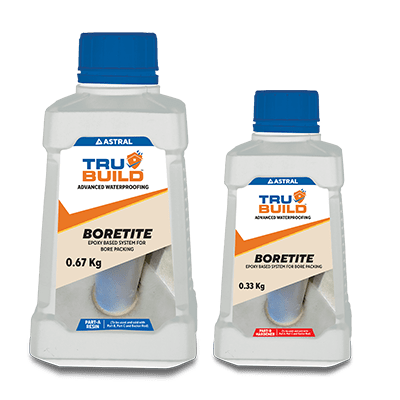How to Keep Tiled Surfaces Looking New?
Jul 31, 2025
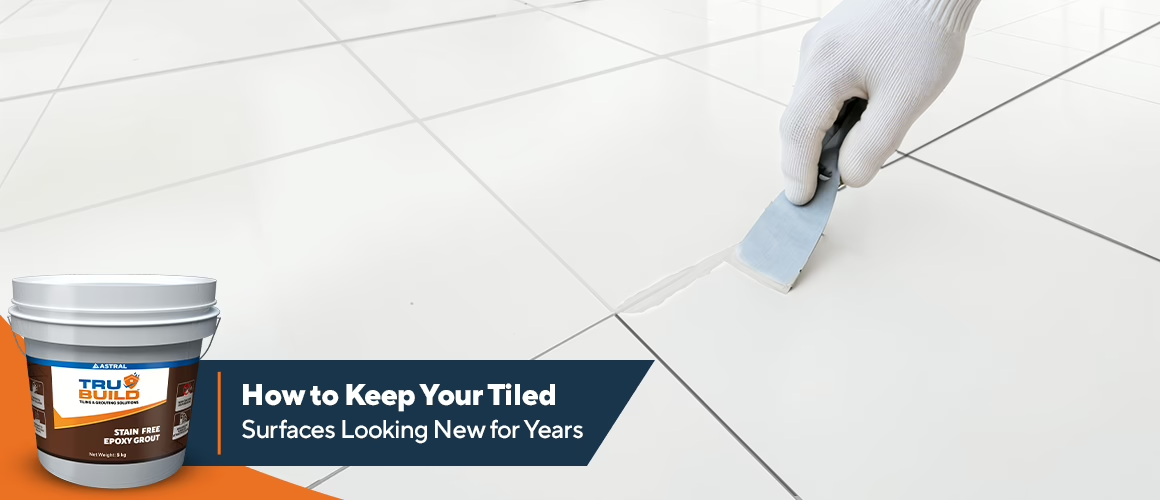
That moment when you step onto freshly installed tiles, gleaming, spotless and perfect. Fast forward six months and you are staring at grimy grout lines, dull surfaces and stubborn stains that seem impossible to remove. Sound familiar? You’re not alone.
Most homeowners struggle with keeping their tiled surfaces looking as stunning as the day they were installed. But, with the right tile and grout cleaning techniques and consistent care, you can maintain that showroom shine for years. Whether it’s your kitchen backsplash collecting cooking splatters or bathroom tiles battling daily moisture, this comprehensive guide will help you preserve your investment and keep your tiles looking pristine.
Sweep or Vacuum Regularly
The foundation of effective tile maintenance starts with removing surface dirt before it becomes embedded. Dust, sand and debris act like sandpaper on your tiles, gradually dulling their finish and settling deep into tile grout lines.
Make daily sweeping or vacuuming a habit, especially in busy areas like entryways and kitchens. Use a soft-bristled broom or a vacuum with a hard floor setting to avoid scratching delicate surfaces. This simple step prevents the buildup that leads to permanent staining and costly repairs.
Use Proper Mopping Methods
Once loose debris is removed, proper mopping becomes essential for tile and grout cleaning. The key is using the right products and techniques:
- Choose pH-neutral cleaners specifically designed for your tile type
- Avoid flooding surfaces with water, as excess moisture can seep into grout and compromise on wall and tile waterproofing
- Use microfiber mops for gentle yet effective cleaning
- Change water frequently to prevent the redeposition of dirt
Remember, different tile materials require different approaches. Natural stone tiles need gentler treatment than ceramic or porcelain varieties.
Dry Thoroughly
For tile waterproofing, thorough cleaning is essential. Water left standing on tiles and grout creates the perfect environment for mildew growth and staining. After cleaning or dealing with spills, always dry surfaces completely using absorbent towels or a dry mop.
This step is particularly important in bathrooms and wet areas where moisture can weaken the bond between tiles and compromise tile waterproofing systems over time.
Tile and Grout Cleaning Excellence
Tile Grout often shows wear first, turning from crisp white to dingy grey or brown. To restore and maintain the tile grout appearance:
- Create a paste using baking soda and water
- Apply to grout lines and let sit for 10-15 minutes
- Scrub gently with a soft-bristled brush
- Rinse thoroughly and dry completely
For stubborn stains, use a vinegar and water solution or commercial grout cleaner but always test in an inconspicuous area first. Consider applying a grout sealer annually to enhance water resistance and prevent future staining.
Professional Tile Cleaning Services
Sometimes, despite your best efforts, tiles and grout need professional attention. Expert cleaning services use specialised equipment and products to restore heavily soiled surfaces without damage.
Schedule professional tile and grout cleaning annually or bi-annually, particularly for areas exposed to heavy use or moisture. This investment extends tile lifespan and maintains property value.
Avoid Harsh Chemicals
Resist the temptation to use bleach, ammonia or acidic cleaners on your tiles. These harsh substances can:
- Etch tile surfaces permanently
- Degrade grout integrity
- Strip away protective waterproofing treatments
- Cause discolouration
Stick to manufacturer-approved cleaning products and always follow usage instructions carefully.
Address Leaks Immediately
Water damage is tiled surfaces’ worst enemy. Leaking pipes, splashing or standing water can seep into grout lines, loosening tiles and encouraging mould growth.
At the first sign of moisture problems, identify and fix the source immediately. Allow affected areas to dry completely before assessing damage and implementing repairs.
How to Clean Tile Grout Properly?
Professional grout cleaning requires patience and the right technique:
- Apply baking soda paste to grout lines
- Let mixture sit for 15 minutes to break down dirt
- Scrub gently in circular motions with a soft brush
- Rinse with clean water and dry thoroughly
- Apply grout sealer if needed for added protection
For persistent stains, hydrogen peroxide can be effective but use it sparingly and test first.
Common Mistakes to Avoid While Cleaning Tiles
-
Using Too Much Soap:
Excess detergent leaves sticky residue that attracts more dirt, making tiles appear dull and requiring more frequent cleaning.
-
Scrubbing Too Hard:
Aggressive scrubbing with abrasive pads scratches tile surfaces and breaks down tile grout structure over time.
-
Ignoring the Grout:
Neglected the tile grout quickly becomes stained and weakened, compromising the entire installation’s integrity and appearance.
-
Skipping Regular Cleaning:
Irregular maintenance allows grime and moisture to penetrate deeply, leading to permanent damage and expensive repairs.
Why Is It Important to Choose the Right Tile Grout?
Selecting the right tile grout is important for the durability and appearance of tiled surfaces. Proper grout prevents moisture seepage, reducing the risk of mould, stains and tile loosening. With the correct grout, tiles remain firmly in place and the overall finish stays seamless and easy to maintain for years. Our Astral Trubuild Stain Free Epoxy Grout offers superior durability and lasting beauty for tile joints. This tile epoxy grout is highly stain-resistant and easy to clean, making it ideal for kitchens, bathrooms and high-traffic areas. This advanced tile epoxy has an advanced formulation that resists bacterial growth, mild chemicals and acids, ensuring hygiene and protecting against corrosion.
Also, to understand the cause behind grout discolouration, read our blog on Why Grout Discolouration Happens and How to Prevent It.
FAQs
What should I do if my tiles start to crack or chip?
Clean the damaged area and use appropriate filler for small chips. For significant damage, replace the tile and investigate underlying moisture issues that may have caused the problem.
How can I remove tough stains from tiles without damaging them?
Create a paste with baking soda and water, let it sit for 15 minutes, then scrub gently with a soft brush. Avoid harsh chemicals or abrasive tools that could permanently damage surfaces.
What cleaning products are safe for my specific tile type?
Choose pH-neutral, tile-approved cleaners. Natural stone requires acid-free products, while ceramic and porcelain tolerate most mild cleaners. Always test products in an inconspicuous area first.



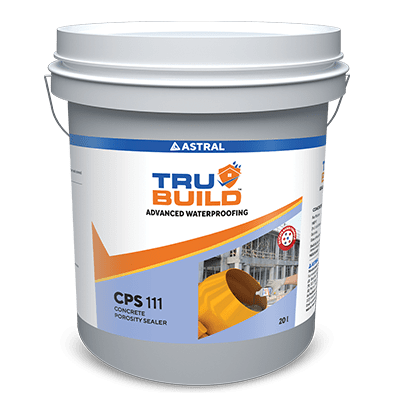
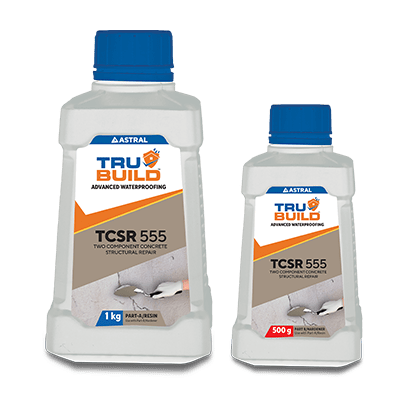

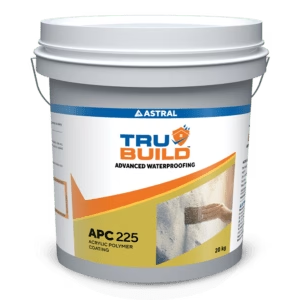
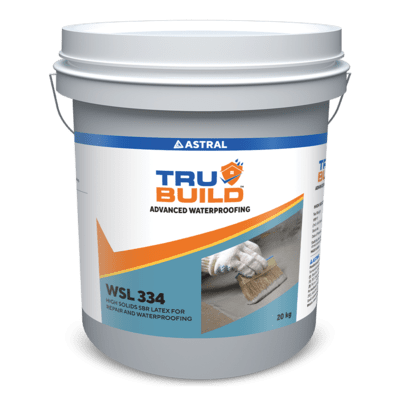
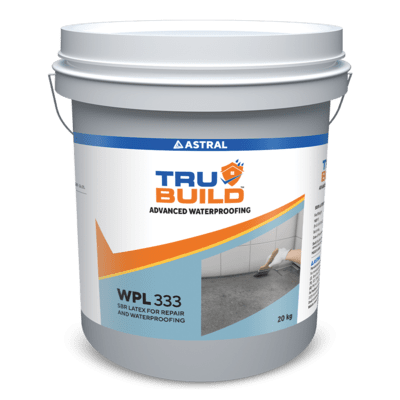
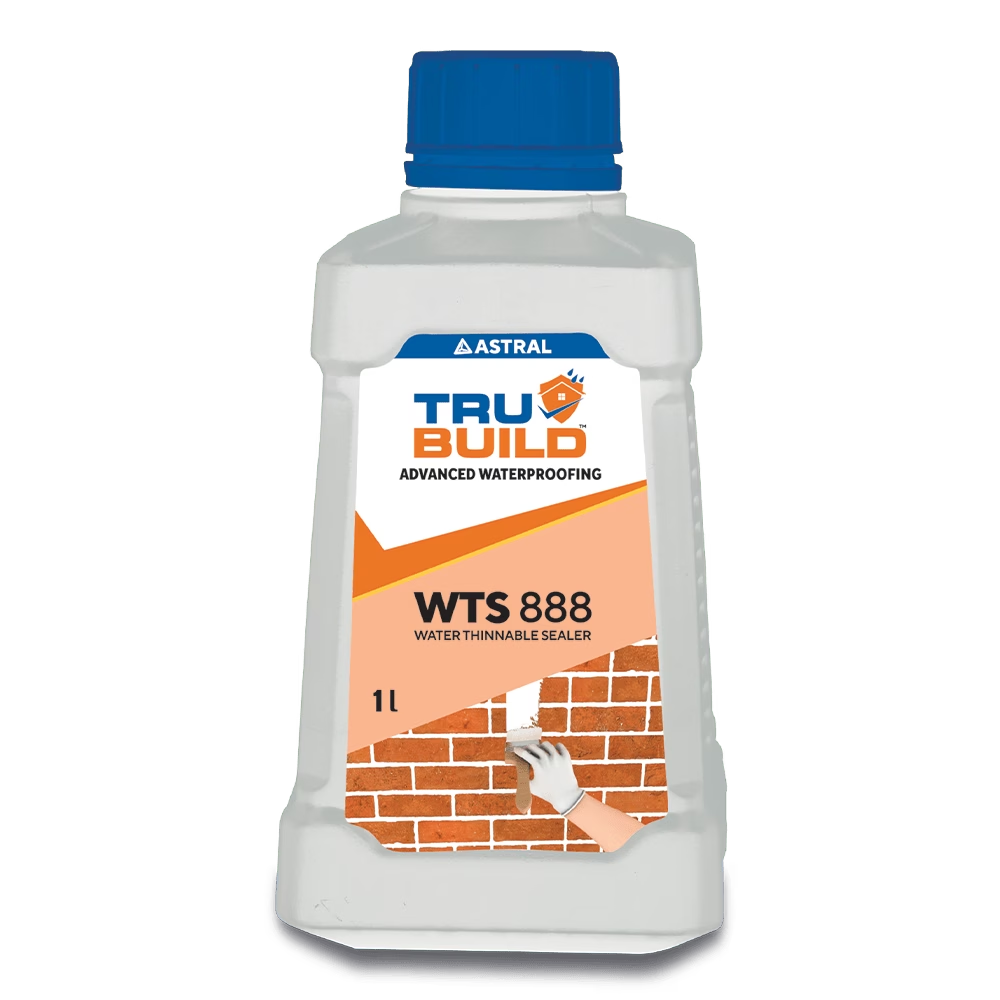
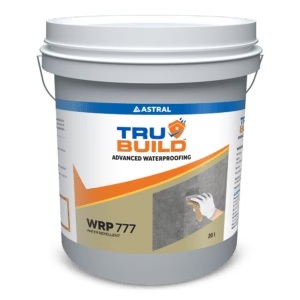
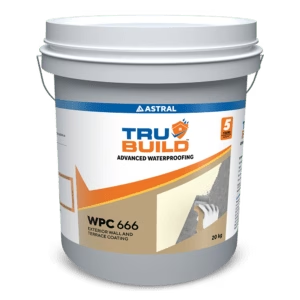
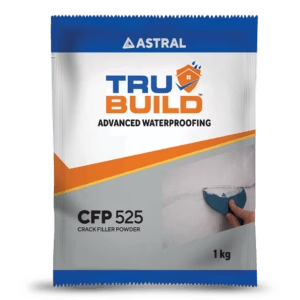
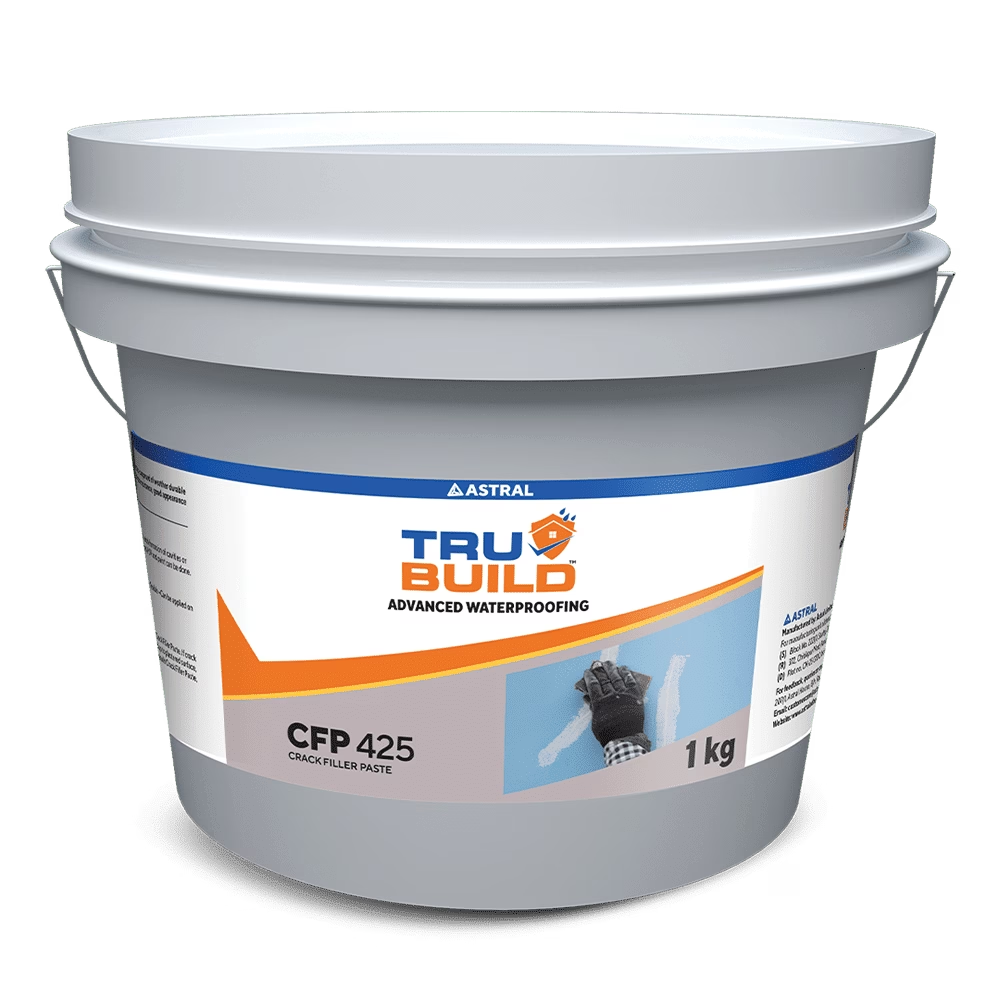
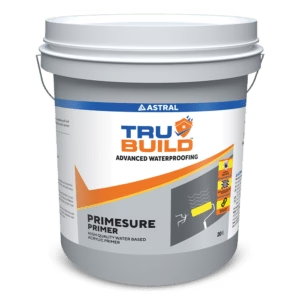
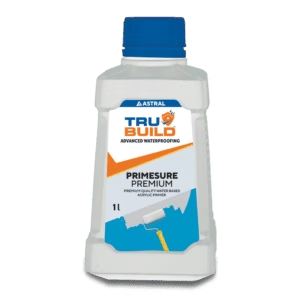
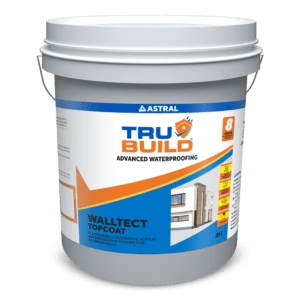
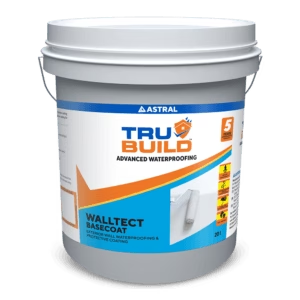
 Professional Sealants
Professional Sealants 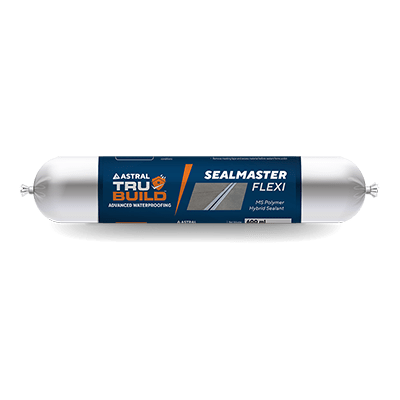
 Roof Waterproofing
Roof Waterproofing 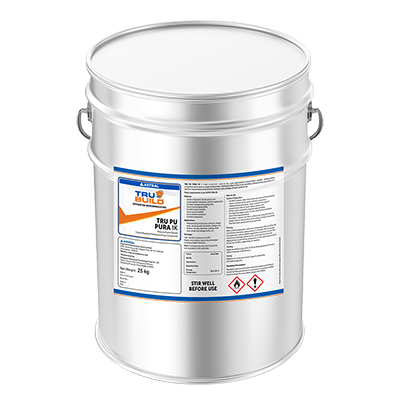
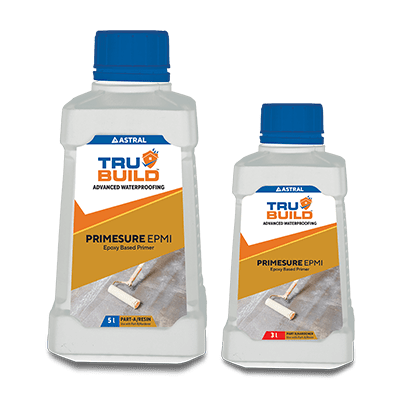
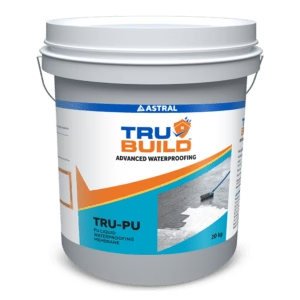


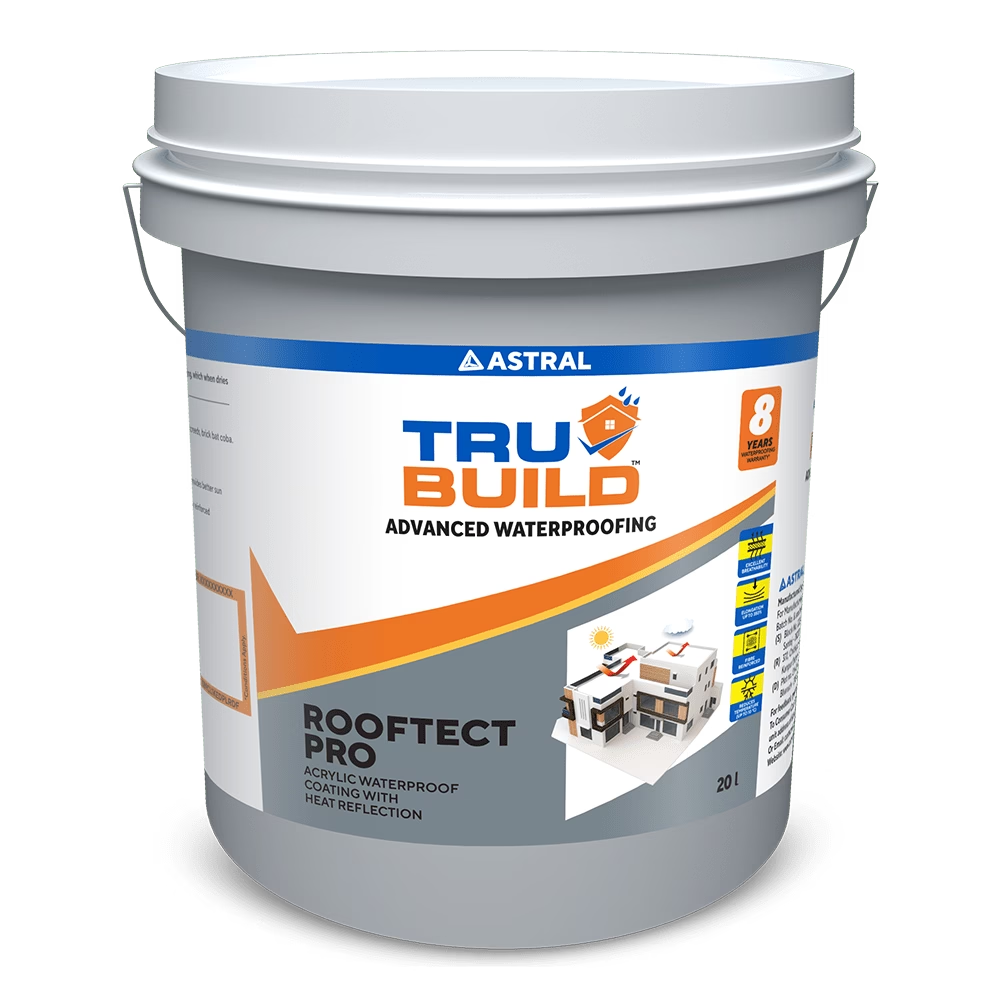
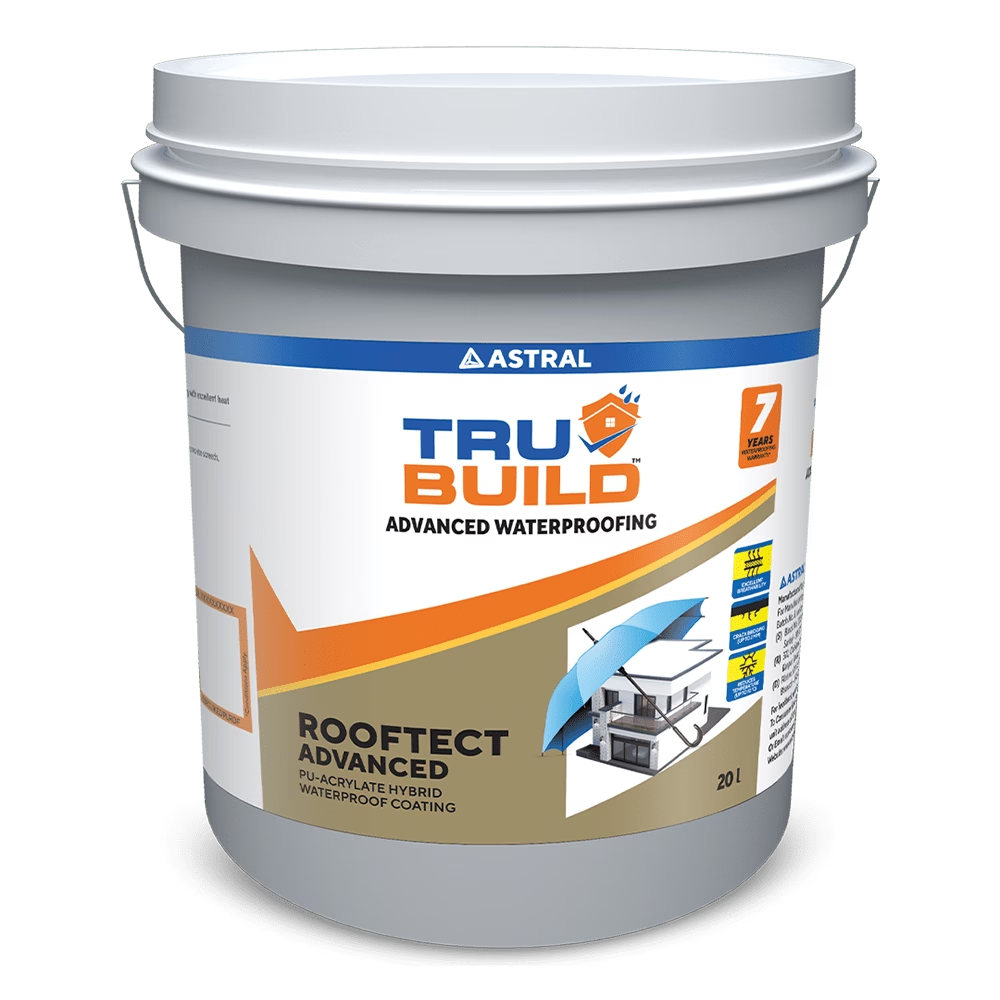
 Substructure Waterproofing
Substructure Waterproofing  Tiling and Grouting
Tiling and Grouting 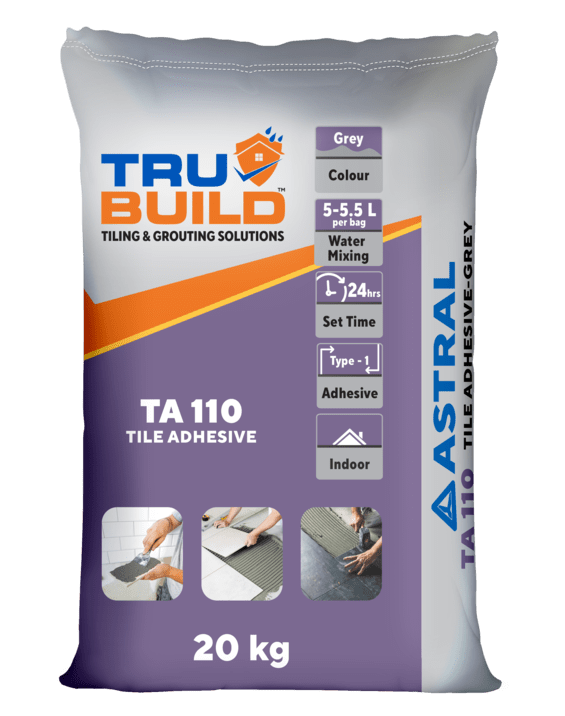
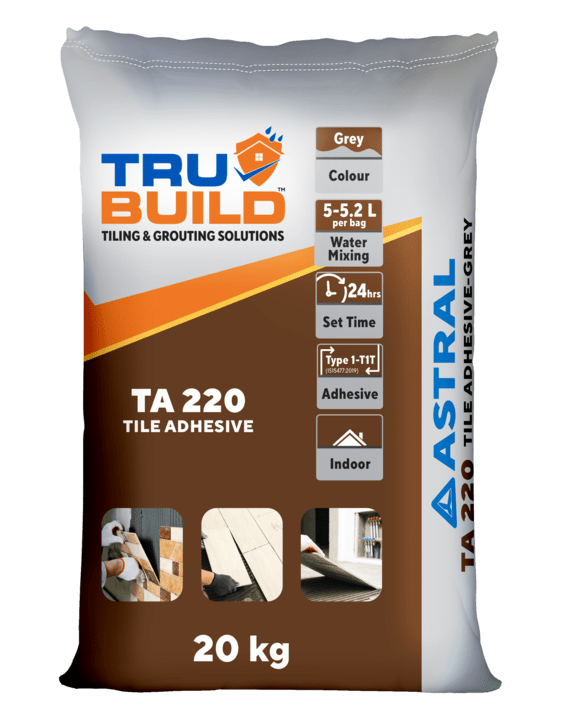
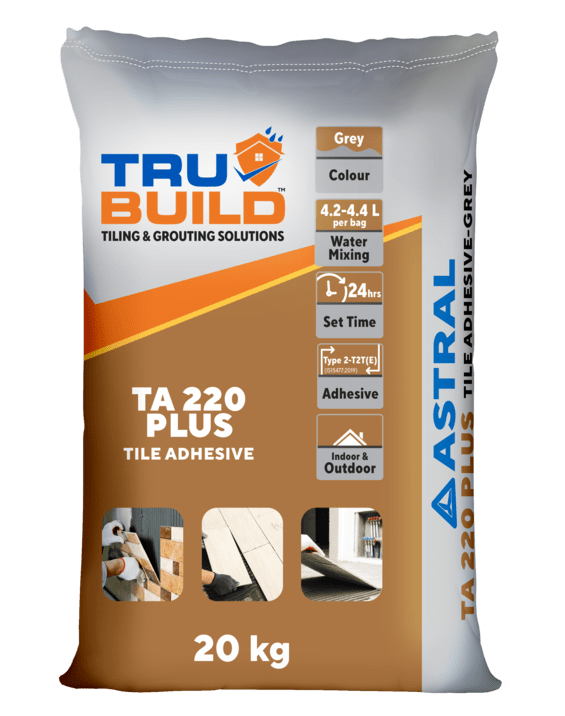
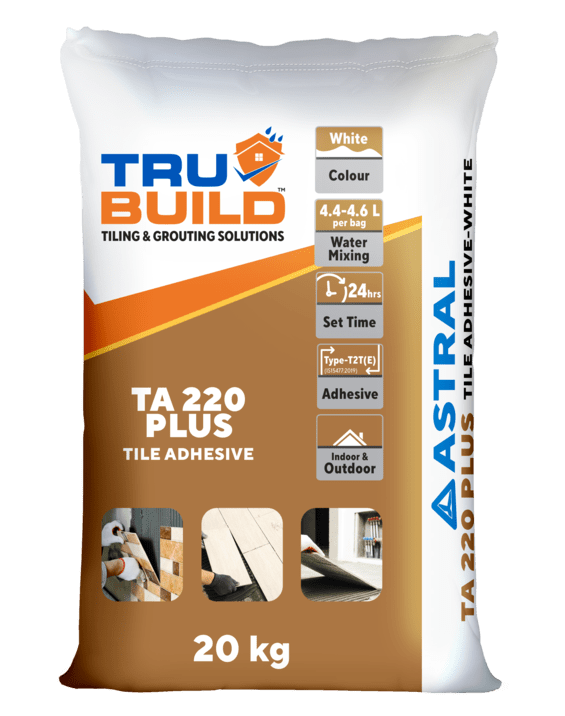
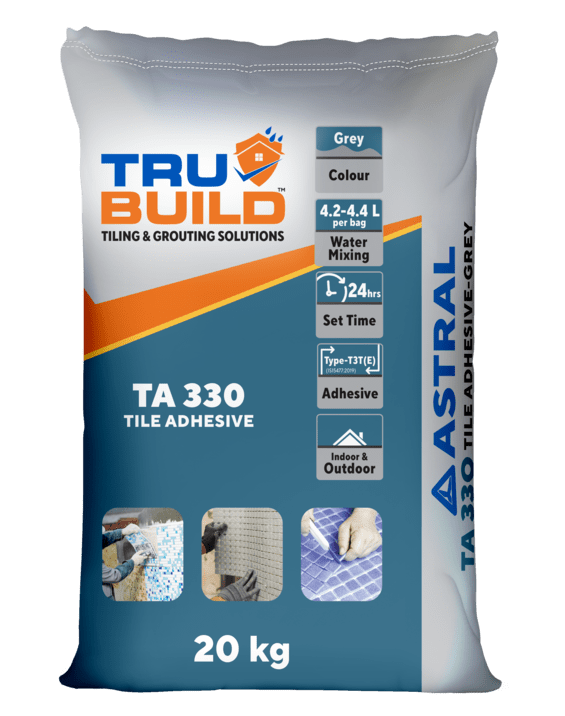
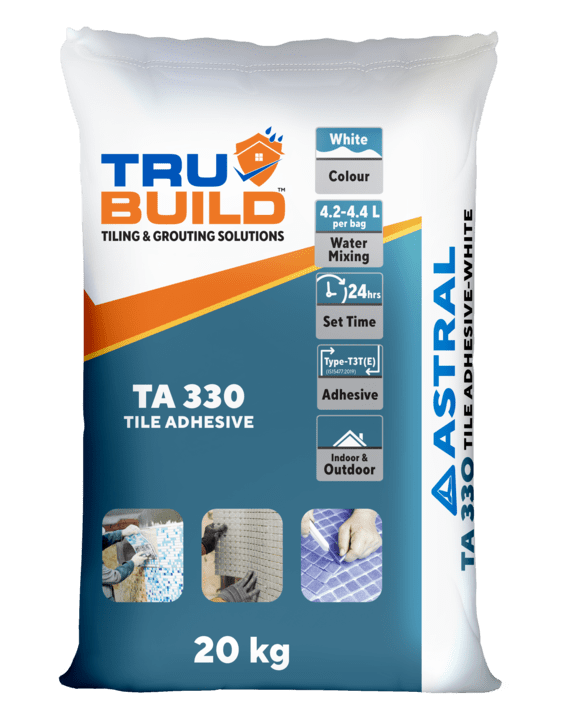
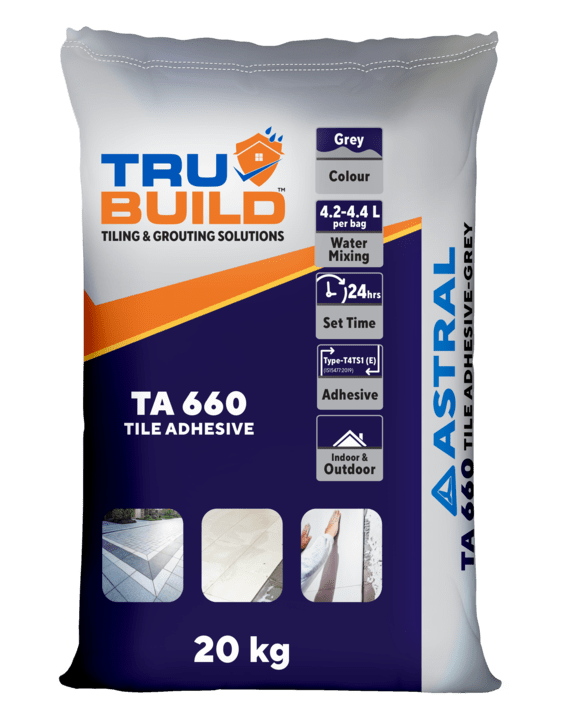
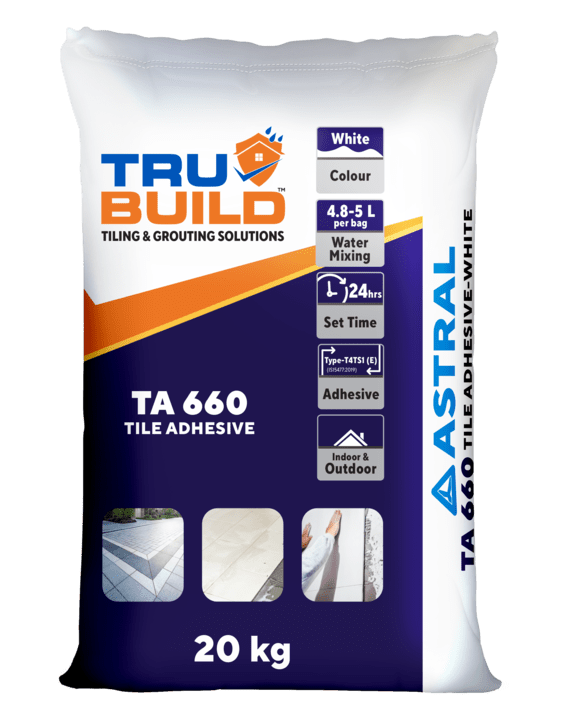
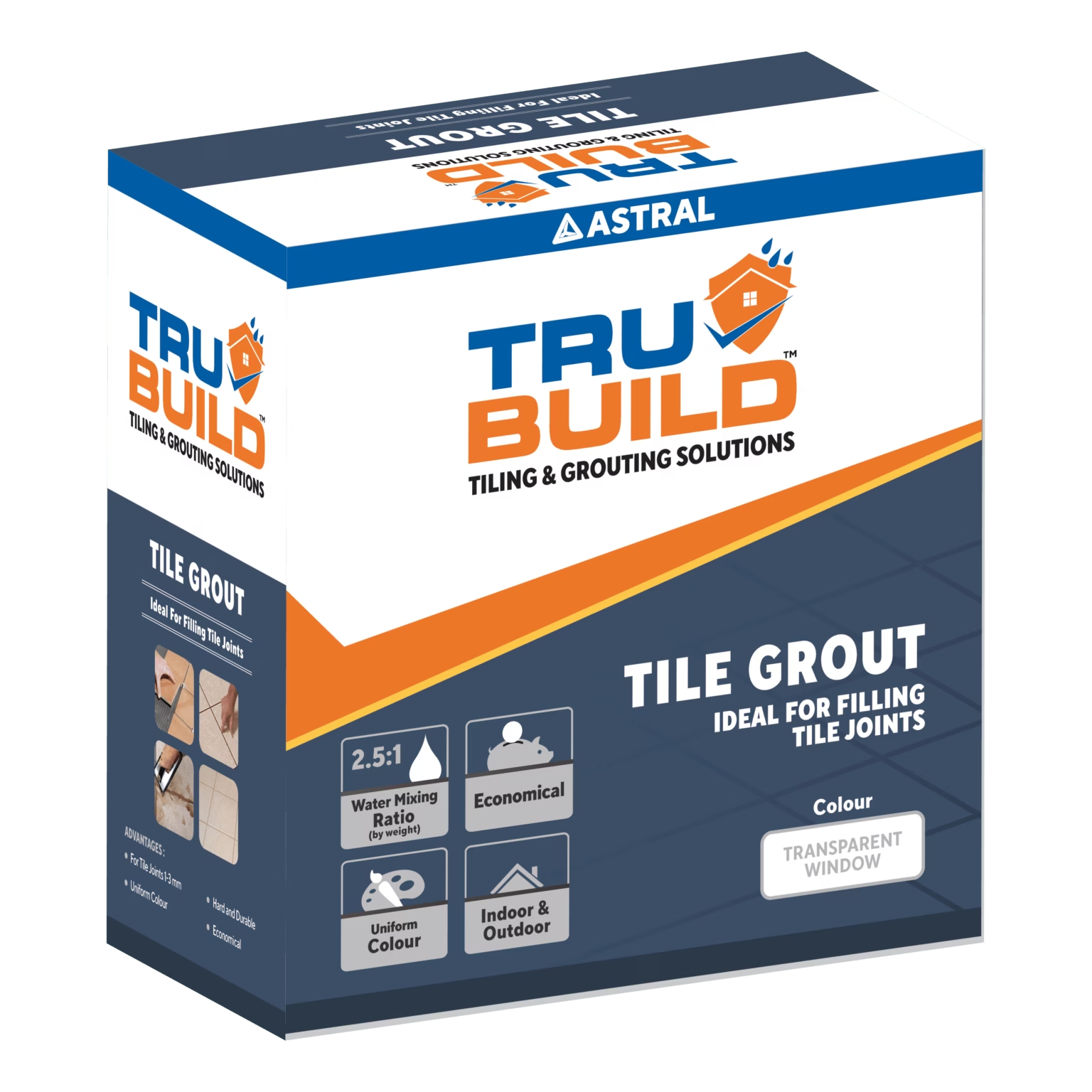
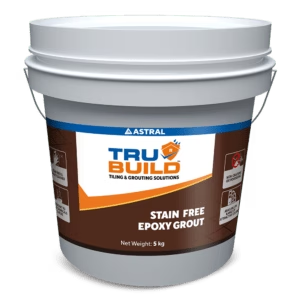
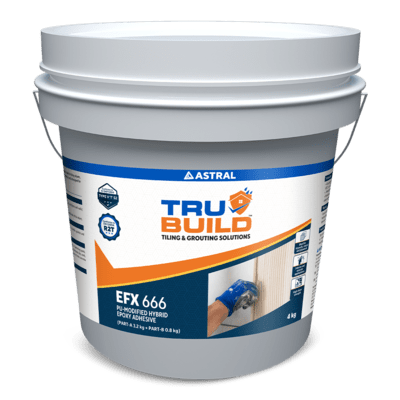
 Water Tanks and Other Areas
Water Tanks and Other Areas 